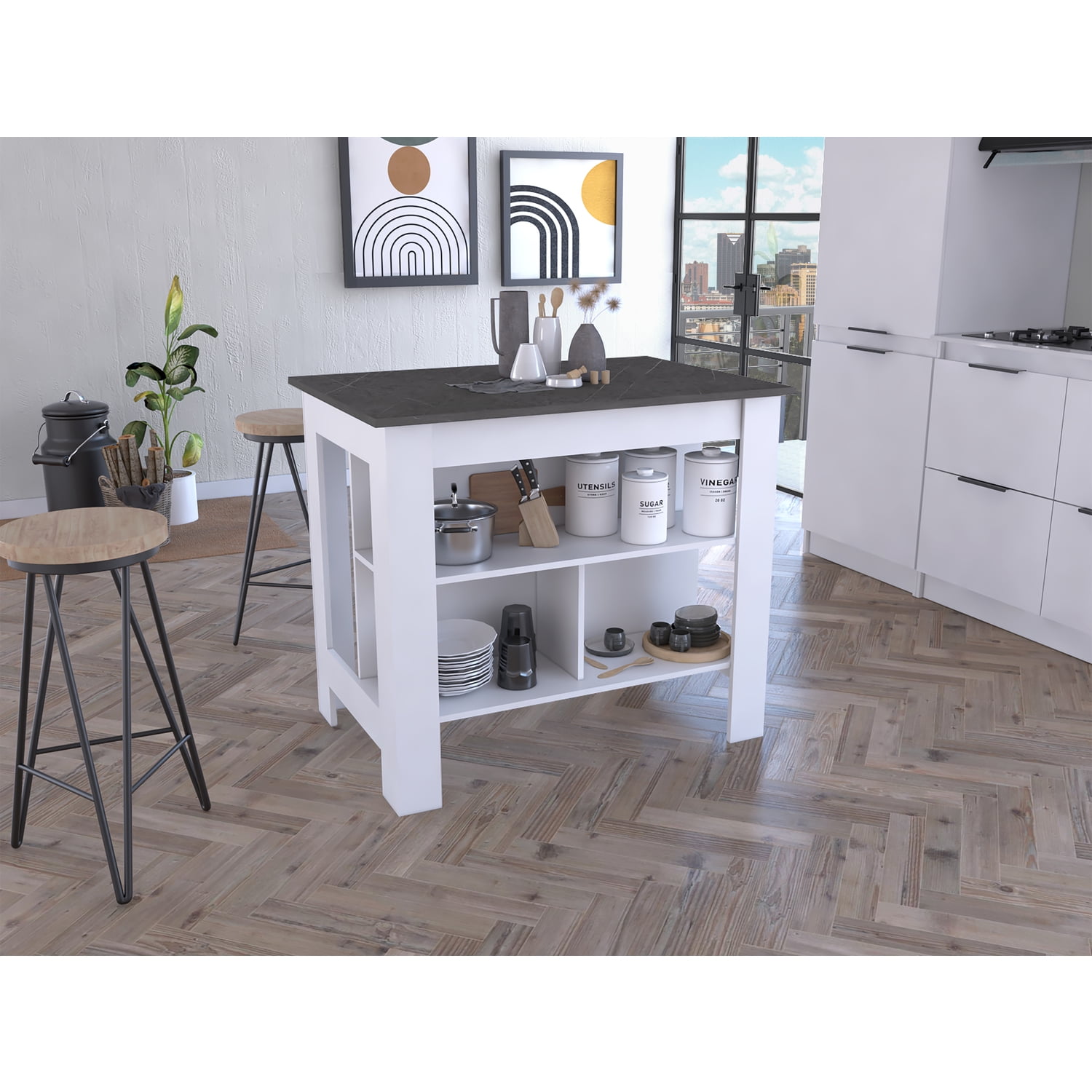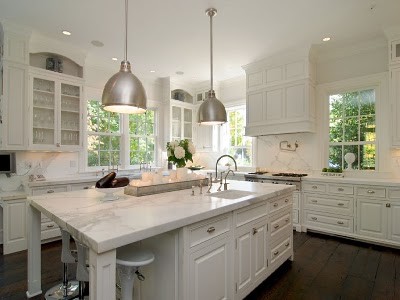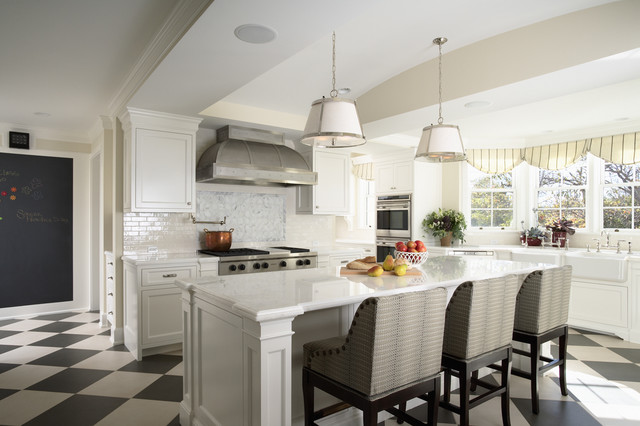Check Out Timeless Options in Standard Legs For Kitchen Island Layouts
Check Out Timeless Options in Standard Legs For Kitchen Island Layouts
Blog Article
Vital Aspects to Think About When Selecting Legs For Kitchen Area Island
Choosing the suitable legs for a kitchen island entails a cautious evaluation of multiple variables that can significantly affect both performance and aesthetic charm. Among these, the option of material plays a pivotal duty in making certain durability, while the style needs to enhance the existing style. Factors to consider such as elevation and weight assistance are important for security and convenience. As we check out these aspects, it ends up being clear that each choice can have significant ramifications for the total cooking area experience. What nuances should be thought about in each of these groups to accomplish the optimal balance?
Product Options
When choosing legs for a kitchen area island, understanding the various material alternatives is vital for attaining both visual charm and structural integrity (Legs For Kitchen Island). The option of material substantially affects not just the toughness of the island but also its general layout and functionality
Timber is a prominent selection, offering heat and convenience. Solid woods, such as oak or maple, provide strength and can be discolored or painted to match the cooking area style. Steel legs, often made from stainless steel or functioned iron, contribute a modern-day and commercial feel while ensuring durability and stability. These products are immune to wear and can support significant weight, making them perfect for larger islands.
One more alternative is crafted materials, like MDF or plywood, which can be much more cost-efficient while still providing a series of finishes. However, they might not supply the very same degree of stability as solid timber or steel. Materials such as acrylic or glass can produce a contemporary appearance, though they may call for additional assistance to make sure security.
Inevitably, the option of product for cooking area island legs ought to align with the preferred performance and the total motif of the kitchen.
Design And Style

When thinking about design, the form and surface of the legs are important. Tapered legs can offer a sense of agility and beauty, while thicker, much more durable legs can share strength and stability. Additionally, the finish-- be it repainted, stained, or all-natural-- ought to match the kitchen cabinetry and kitchen counter materials to develop a unified look.
Moreover, the layout of the legs can additionally show personal preference. Custom-made or ornamental legs, such as those featuring detailed carvings or distinct geometric shapes, can work as focal factors, including character and individuality to the kitchen area. Ultimately, the ideal choice will certainly not only improve performance yet likewise raise the visual charm, making the kitchen island a standout function of the home.
Height Considerations
Selecting the suitable elevation for kitchen island legs is essential, as it straight influences both capability and comfort. The common height for a cooking area island typically varies from 36 to 42 inches, straightening with common counter top heights. A 36-inch elevation is suitable for food preparation and cooking, permitting comfy use cooking area devices and tools. Conversely, a height of 42 inches is frequently favored for islands intended for bar seats, accommodating taller feceses and offering an informal dining experience.

It is also important to account for customers' elevations and preferences. Tailoring the height can make certain a comfortable experience for all household members, making the cooking area island a much more useful and satisfying space.
Weight Assistance
Ensuring appropriate weight support for kitchen island legs is vital for both security and functionality. The kitchen area island often offers multiple purposes, consisting of cooking, dining, and added storage, demanding a robust assistance framework. When selecting legs, it is critical to think about the total weight capacity required based on the island's meant usage and the materials that will certainly be put on it.
The choice of product for the legs plays a significant function in their weight-bearing capacities. Solid wood, steel, and sturdy composites typically give superior stamina contrasted to lighter products. Additionally, the style of the legs-- whether they are right, tapered, or have a pedestal kind-- can influence their capability to disperse weight properly throughout the structure.
Furthermore, the leg positioning need to be purposefully planned to enhance stability. Legs placed at the edges or with a bigger base can much better support heavier loads. Always seek advice from the supplier's requirements regarding load limits to guarantee that the legs can sustain the designated weight without jeopardizing security. In summary, choosing kitchen area island legs with appropriate weight assistance is necessary for developing a secure and useful cooking area.
Setup and Maintenance
Appropriate installment and maintenance of cooking area island legs are vital for ensuring long life and stability. This commonly involves safeguarding the legs to the island base using ideal fasteners, making sure that the legs are level and lined up.
As soon as set up, normal upkeep is required to maintain the integrity and appearance of the legs - Legs For Kitchen Island. For wood legs, periodic cleaning with home a wet cloth and application of appropriate timber polish can avoid dampness damage and preserve their coating. Steel legs may call for a mild cleaning option to get rid of grease and gunk, adhered to by a completely dry cloth to stop corrosion formation
Furthermore, check the legs regularly for try this out signs of wear or damage, such as fractures or loose joints. Tightening screws or bolts as needed can likewise extend the life expectancy of the legs. By adhering to these installment and upkeep practices, house owners can make sure that their cooking area island stays durable and visually appealing for many years to find.
Conclusion

Visual coherence is paramount in selecting the style and layout of legs for a kitchen area island, as these components greatly affect the overall setting of the space. Conical legs can provide a feeling of agility and style, while thicker, much more durable legs can communicate strength and stability.Choosing the proper height for cooking area island legs is critical, as it directly impacts both functionality and convenience. In summary, picking kitchen island legs with ample weight assistance is crucial for producing a useful and safe culinary room.
In conclusion, choosing legs for a kitchen area island demands mindful factor to consider of various variables, consisting of product options, style, height, weight assistance, and installation.
Report this page